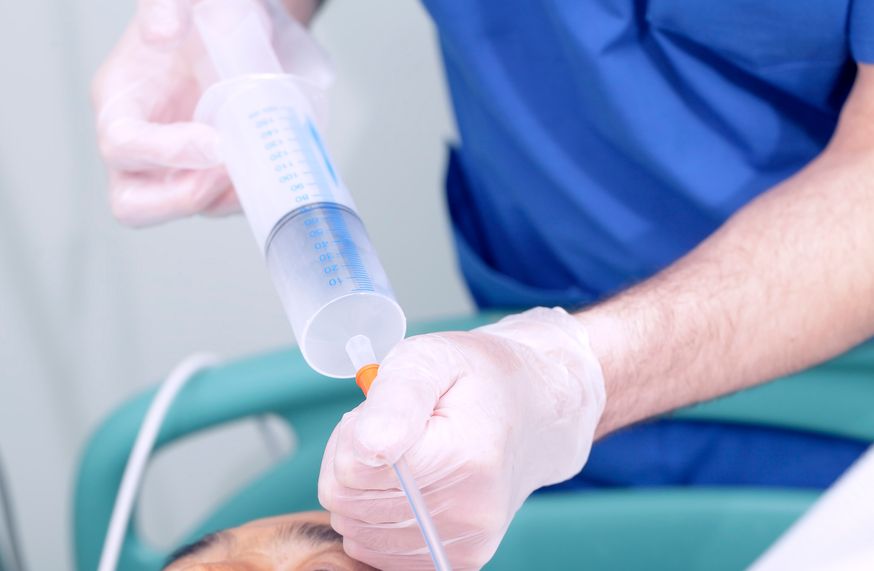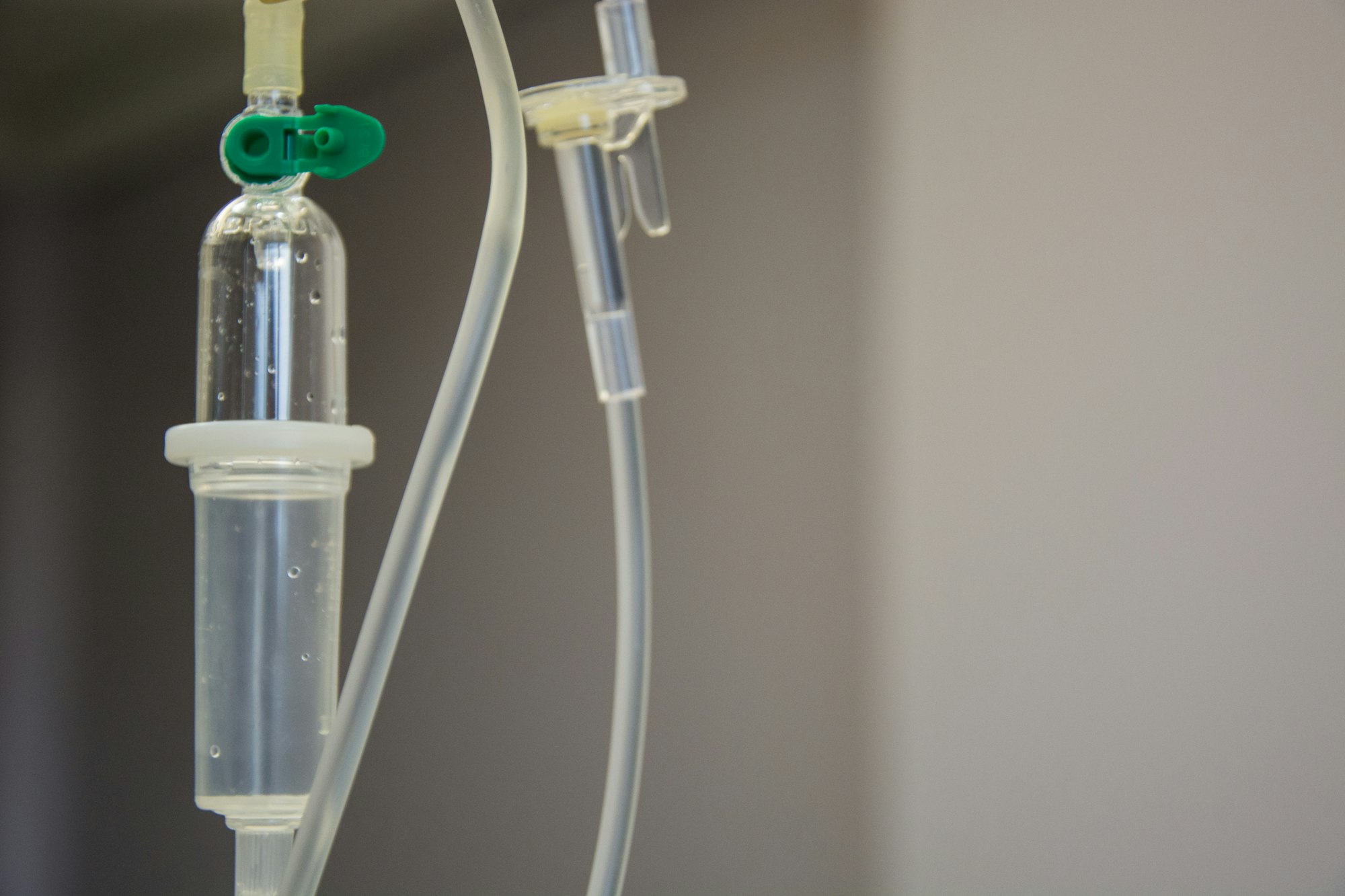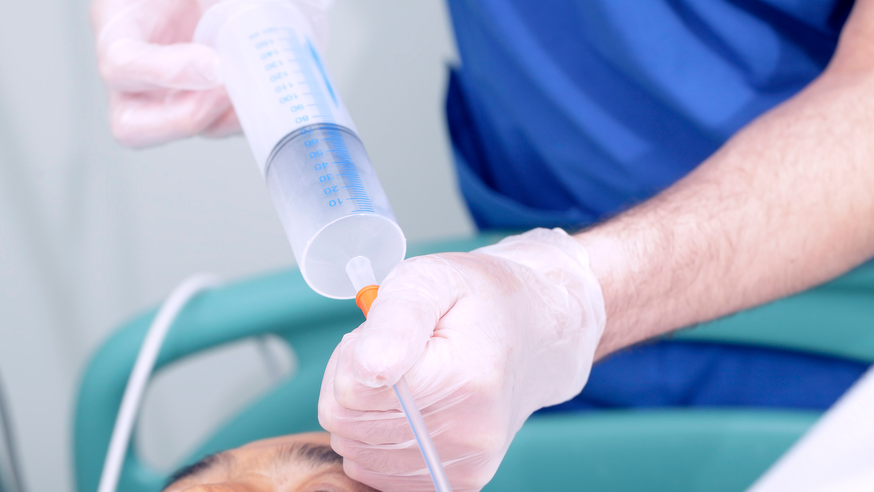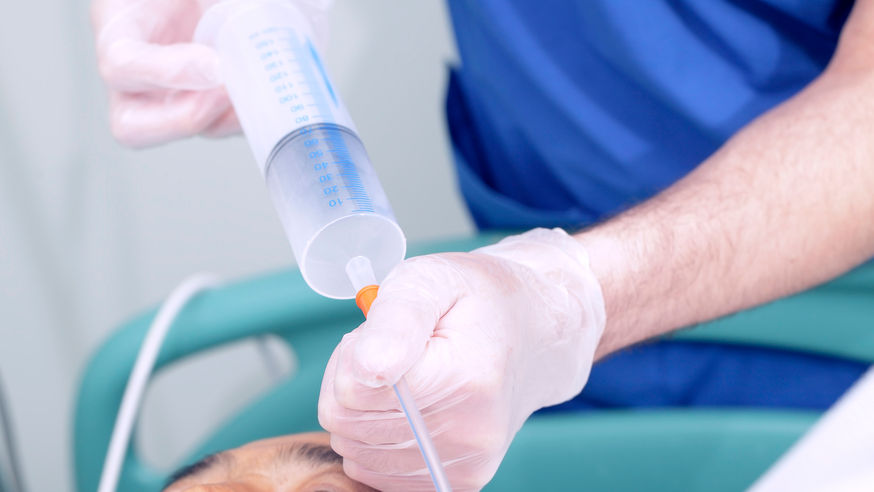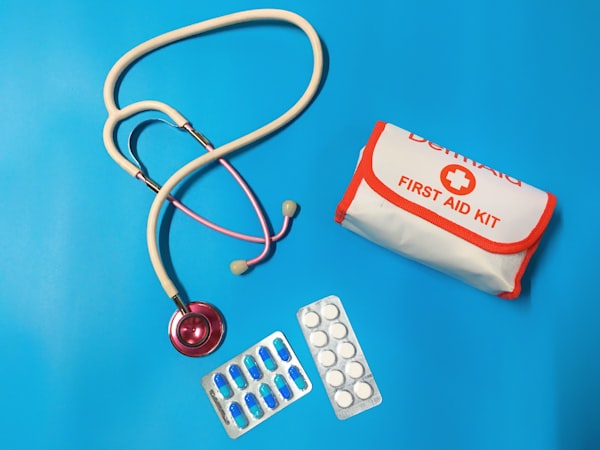PEG Tube Removal: Pros and Cons of Feeding Tube Removal
Learn about the reasons why a feeding tube may be inserted and discontinued, and weigh the pros and cons of this life-sustaining treatment. Get informed with our latest article.

Sharon writes,
My mother has dementia. Over time, she started to lose weight and interest in food. The doctors recommended a PEG tube, also known as a feeding tube.
My siblings and I are in disagreement, as I did not want to insert the PEG tube/feeding tube. However, I was overruled by my family members.
My question is: when is the feeding tube typically removed?
I love your site and would appreciate your feedback on this challenging topic.
Thank you for addressing the issue,
Sharon
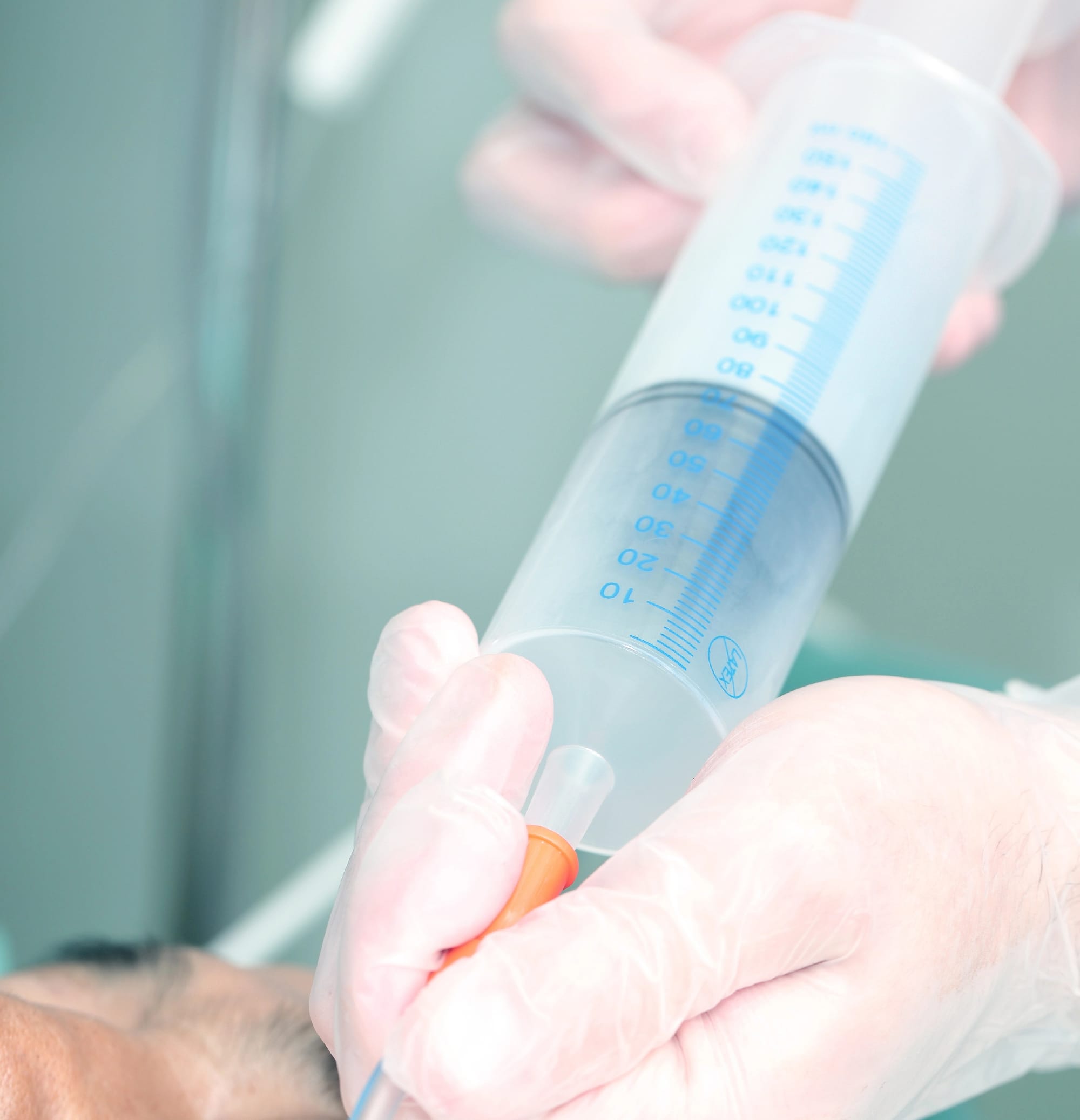
Dear Sharon,
Your question about when a feeding tube is removed is a valid one, but it's crucial to consider the context of its usage. Feeding tubes serve as life-sustaining measures in some cases, rather than curative solutions for underlying conditions.
The decision to insert or remove a feeding tube depends on various factors, including the individual's specific medical condition, goals of care, and healthcare provider recommendations.
Feeding tubes are employed for numerous reasons and may be discontinued for various causes as well. To provide you with more relevant information, it would be helpful to know if you are inquiring about a person with dementia or someone dealing with a different medical issue, such as cancer.
Let me clarify that feeding tubes are not a cure for underlying conditions but are intended to provide essential nutrition and support when a person is unable to eat or digest food properly. The decision to remove a feeding tube is typically made in consultation with healthcare professionals who assess the patient's overall condition and determine whether it's appropriate to continue tube feeding.
I have provided you with a detailed explanation to review and share with your family members. Hopefully, this will help you all become educated and make the best possible decision for your mother.
Warm Regards,
Diane Carbo RN
More on PEG Tube Removal: Pros and Cons of Feeding Tube Removal...
Feeding tubes, such as percutaneous endoscopic gastrostomy (PEG) tubes, are essential medical devices for individuals who cannot eat or drink adequately by mouth. While they provide life-sustaining nutrition, there may come a time when their removal is necessary. This article explores the pros and cons of PEG tube removal, focusing on the procedure, potential outcomes, and post-removal care.
Understanding PEG Tubes and Their Placement
- What Is a PEG Tube?
A PEG tube, or gastrostomy tube, is inserted through the abdominal wall into the stomach to deliver nutrition directly. - How Are PEG Tubes Inserted?
The procedure, known as percutaneous endoscopic gastrostomy, involves a small incision under local anesthetic and endoscopic guidance.
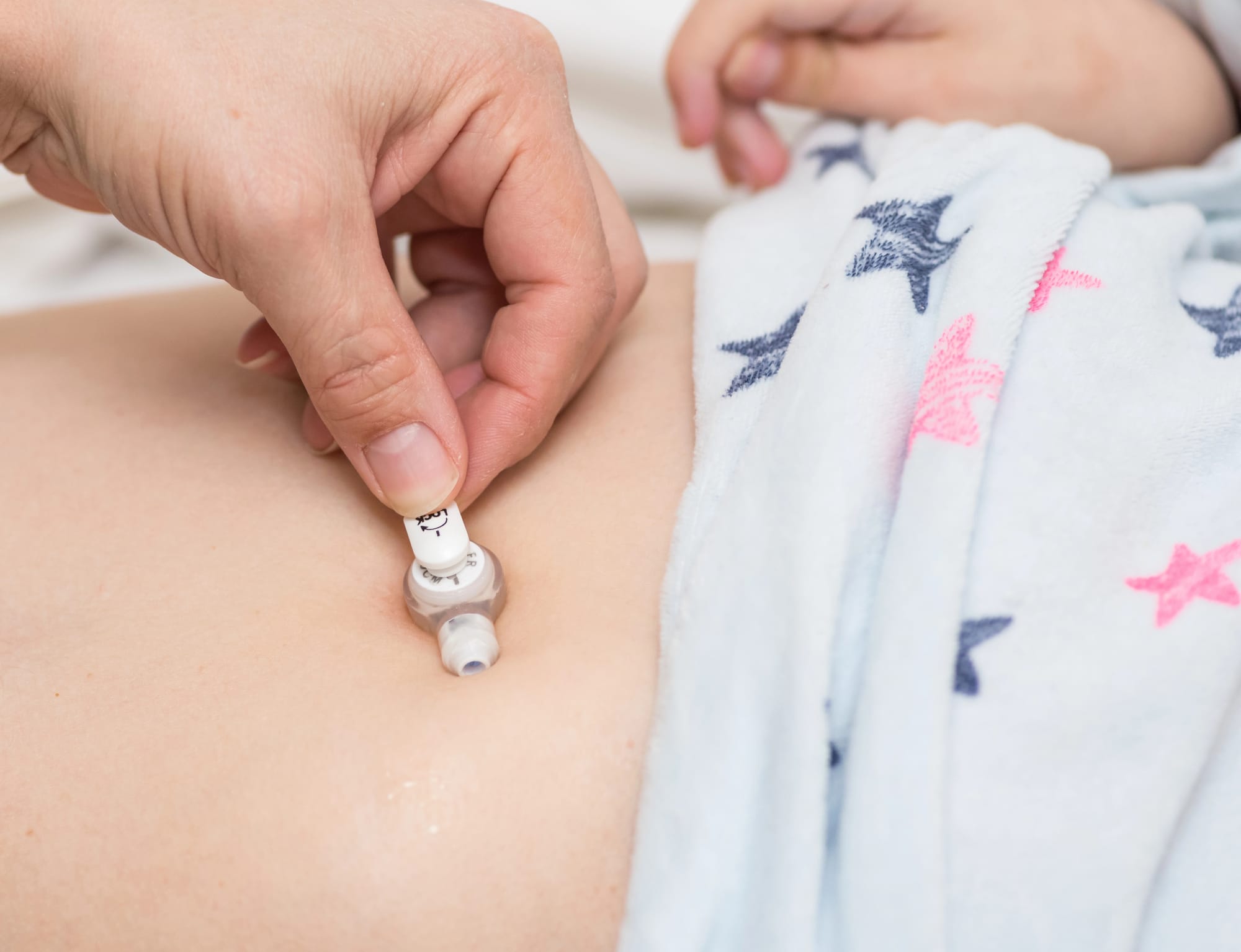
When Is PEG Tube Removal Considered?
- Improvement in Health
Removal is often an option when a patient can eat or drink normally. - Complications from Tube Placement
Persistent infections, stomach wall irritation, or leaking may warrant removal. - Medical Recommendations
Healthcare providers may advise removal based on recovery progress or reduced feeding requirements.
The PEG Tube Removal Procedure
- How Is It Done?
PEG tubes can be removed endoscopically or by cutting the internal balloon and gently extracting the tube. - What to Expect
- Consent Form: Patients or guardians must sign a consent form before the procedure.
- Local Anesthetic: A small amount of anesthetic is applied to minimize pain.
- Small Incision: The removal site requires a small incision, which typically heals within one to two weeks.
- Dressing: A sterile dressing is applied to prevent infection.
Pros of PEG Tube Removal
- Restoration of Normal Eating
Patients can eat and drink through the mouth, improving their quality of life. - Reduced Risk of Infection
Removal decreases the risk of complications associated with long-term tube placement. - Improved Comfort
Eliminating the tube reduces discomfort and abdominal pain. - Aesthetic Benefits
Absence of the tube improves body image and physical mobility.
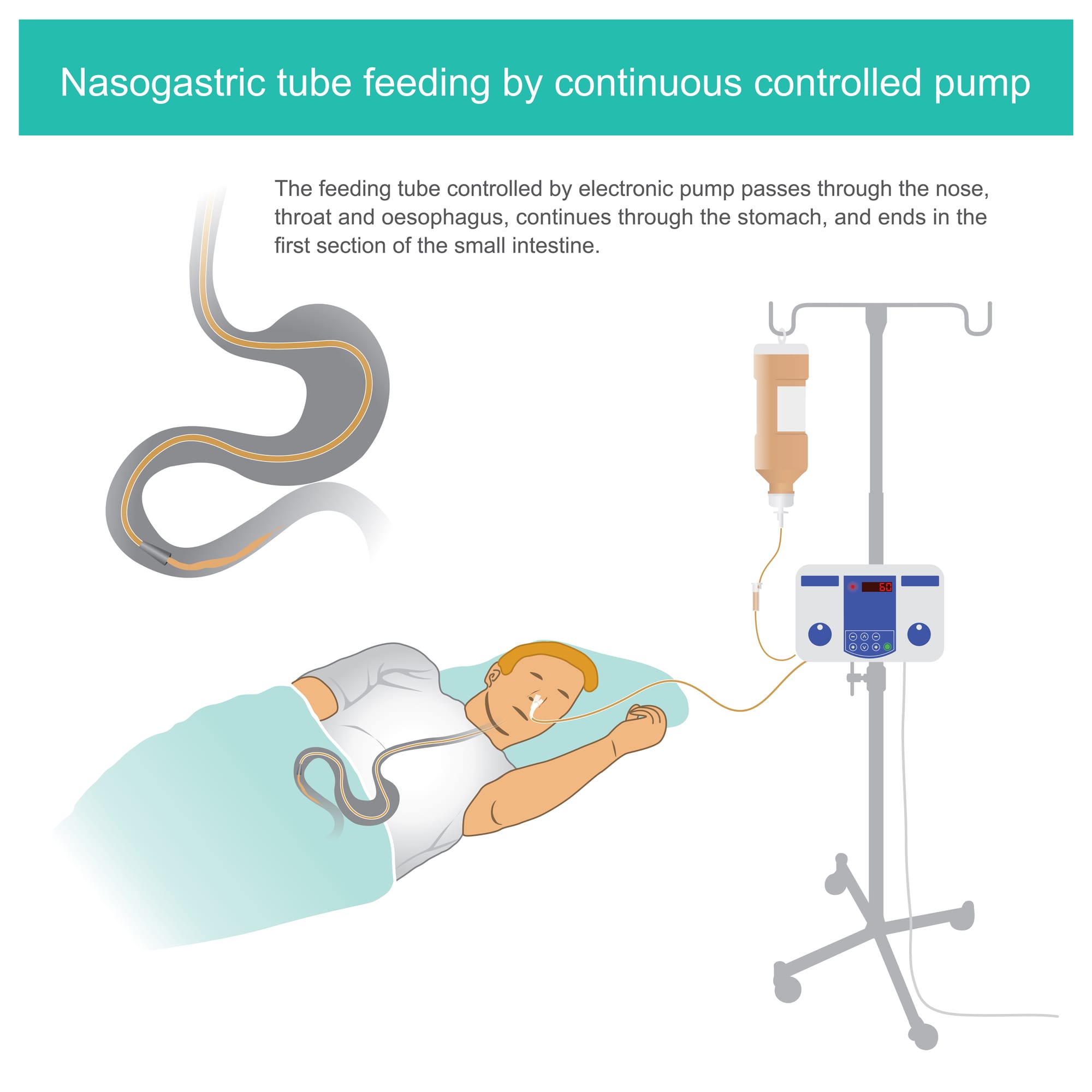
Cons of PEG Tube Removal
- Healing Process
The site may take weeks to heal and requires careful monitoring for signs of infection, such as redness or fever. - Risk of Leakage
Stomach contents may leak from the hole temporarily, necessitating additional treatment or a replacement tube. - Potential for Re-insertion
If the patient cannot sustain adequate nutrition orally, a replacement tube may need to be inserted. - Discomfort Post-Removal
Some patients experience abdominal pain or fluid leakage as the body heals.
Post-Removal Care and Monitoring
- Signs of Infection
Watch for symptoms like fever, redness, or swelling at the site. - Dressing Changes
Keep the incision site clean and covered with a fresh dressing daily. - Diet Transition
Gradually reintroduce normal food and fluids, as advised by the doctor. - Monitoring Leakage
Contact your healthcare provider if there is significant leakage from the site.
Key Considerations Before Removal
- Consulting Your Doctor
Always discuss with your healthcare provider to ensure that removal is the right step. - Preventing Infection
Follow hygiene protocols and adhere to prescribed medications during the healing phase.
Frequently Asked Questions
How long does it take to heal after PEG tube removal?
Most people heal within one to two weeks, though some symptoms like mild pain and leakage may persist temporarily.
Can the procedure be done at home?
No, PEG tube removal should be performed by a qualified healthcare provider in a clinic or hospital setting.
What if I need another feeding tube later?
A replacement tube can be inserted if necessary, though re-insertion might require additional preparation.What should I do if there is bleeding or significant fluid leakage?
Contact your doctor immediately if you notice bleeding, excessive leakage, or other concerning symptoms.
Conclusion
PEG tube removal is a significant decision that requires thorough consideration of the patient’s health, nutritional needs, and potential risks. With proper preparation and post-procedure care, most people transition smoothly to normal eating and drinking. Always consult a healthcare provider to determine the best course of action for your unique situation.
By following these guidelines and understanding the procedure, you can make informed decisions about PEG tube removal and post-care.
More articles on this subject ...
Our Resources section can help you find the information and tools that you need. We have courses, videos, checklists, guidebooks, cheat sheets, how-to guides and more.
You can get started by clicking on the link below. We know that taking care of a loved one is hard work, but with our help you can get the support that you need.
Click here to go to Resources Section now!


